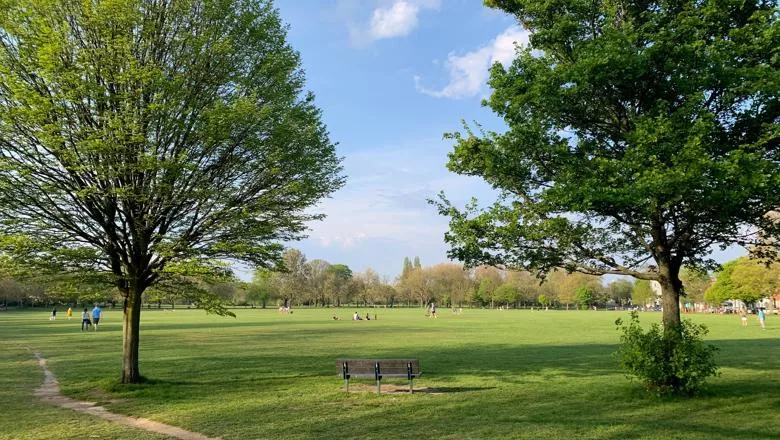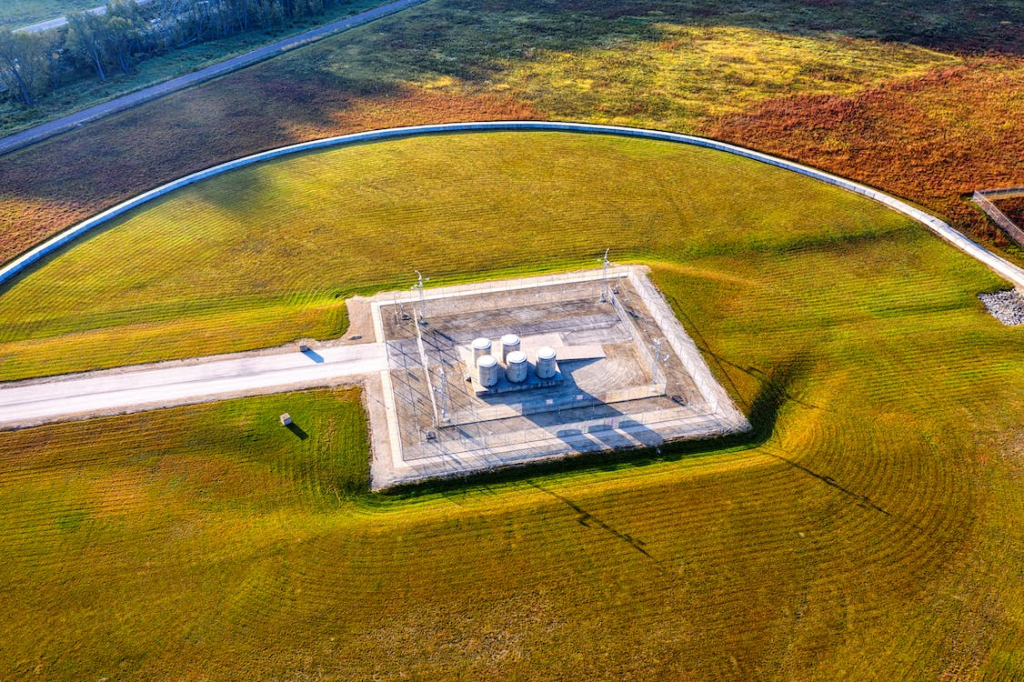In recent years, understanding how our environment impacts our well-being has deepened significantly. Among these environmental factors, green spaces are pivotal in enhancing our health and overall wellness. This goes beyond the visual appeal of a verdant lawn or a well-manicured garden; it delves into the intrinsic value these spaces hold for physical health, mental clarity, and emotional stability.
An often-overlooked aspect of maintaining such beneficial green spaces is the importance of turf healthcare, which ensures these areas remain vibrant, healthy, and capable of providing the maximum wellness benefits to individuals.
The Psychological and Emotional Benefits of Green Spaces

Green spaces offer a sanctuary from the hustle and bustle of daily life, providing a serene backdrop where one can find peace and tranquility. The psychological benefits of immersing oneself in nature are well-documented.
Studies have shown that spending time in green environments can significantly reduce stress, anxiety, and depression. This is attributed to the natural setting promoting relaxation, encouraging mindfulness, and fostering a grounded sense.
Moreover, green spaces are essential for promoting mental rejuvenation. They offer a unique setting for meditation, yoga, or a quiet moment of reflection. The natural beauty and calmness can enhance cognitive function, boost creativity, and improve concentration. In essence, a well-maintained lawn or garden is not just a space for physical activity but a therapeutic landscape that nurtures the mind.
Physical Health Advantages
The impact of green spaces extends to physical health, offering numerous benefits that contribute to a healthier lifestyle. First and foremost, lawns and gardens encourage outdoor activity. Whether gardening, playing sports, or enjoying a family picnic, these activities promote physical exercise, essential for maintaining a healthy body weight, improving cardiovascular health, and strengthening the musculoskeletal system.
Furthermore, green spaces contribute to better air quality. Plants and grasses absorb carbon dioxide and release oxygen, providing a cleaner, more breathable environment. This natural air purification process can improve individuals’ respiratory health, especially in urban areas where air quality is often compromised.
The Role of Turf Healthcare
The pivotal role of turf healthcare in sustaining the health and vitality of green spaces extends beyond basic maintenance practices. It encompasses a holistic approach to lawn management that is both proactive and responsive, addressing the needs of the turf at every stage of its lifecycle.
A critical aspect of advanced turf healthcare is soil health management. The condition of the soil directly affects the health of the grass growing in it. Professional turf services often begin with a comprehensive soil analysis to determine its pH level, nutrient content, and texture.
This information is crucial for tailoring a specific care plan that includes the right type of fertilization, the need for lime to adjust pH levels, and other amendments to ensure the soil provides an optimal growing environment for grass.
Another significant component is integrated pest management (IPM). This approach focuses on the long-term prevention of pests and diseases through biological control, habitat manipulation, and resistant varieties. IPM minimizes the reliance on chemical pesticides, favoring natural and less invasive methods first to maintain an ecological balance and reduce potential harm to the environment and human health.
Water management is also a fundamental aspect of turf healthcare, especially in light of global water scarcity issues. Professional turf services utilize efficient irrigation techniques, such as drip irrigation or intelligent sprinkler systems, which deliver water directly to the roots where it’s most needed.
These methods help conserve water while ensuring the lawn receives adequate moisture to thrive. Proper watering practices, guided by experts, can significantly enhance the drought resistance of grass, reduce water wastage, and lower the homeowner’s utility expenses.
Conclusion
The significance of green spaces in promoting wellness cannot be overstated. From enhancing mental and emotional well-being to offering tangible physical health benefits, the value of a well-maintained lawn or garden extends far beyond aesthetics. It is a vital component of a healthy lifestyle, contributing to the overall well-being of individuals and communities alike.
As we continue to navigate the challenges of modern life, the importance of these natural sanctuaries grows ever more apparent. By prioritizing turf healthcare, we can ensure these spaces remain vibrant and healthful, offering a respite for the body, mind, and soul.
In doing so, we not only enhance our health but also contribute to the well-being of our planet, preserving these green spaces for future generations to enjoy.

